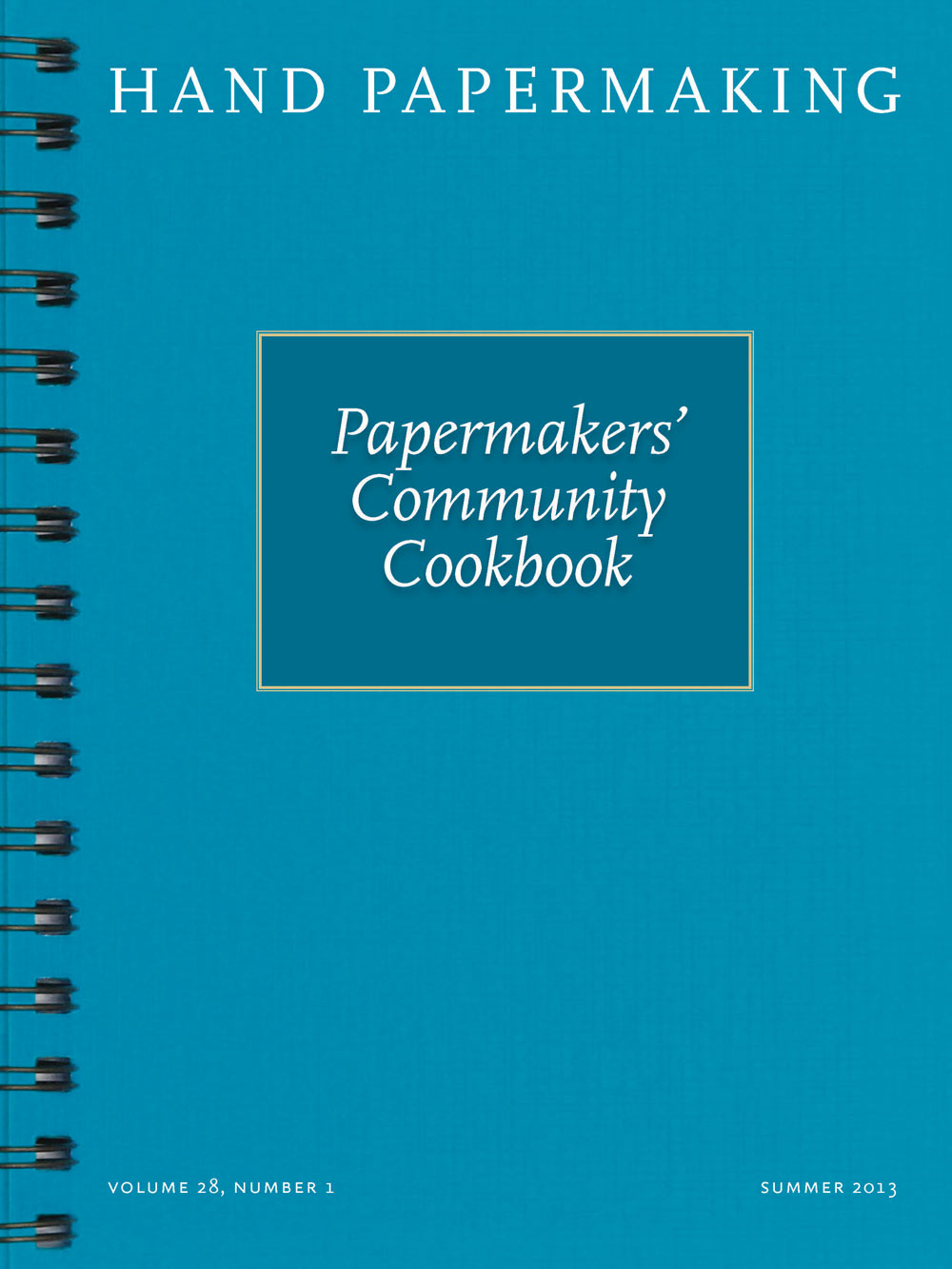
Summer 2013
:
Volume
28
, Number
1
Peter Sowiski is Emeritus Professor of Fine Arts, Buffalo State College, where he taught papermaking and printmaking, among other things, from 1974 to 2007. He is primarily known as a pulp painter, with work in numerous exhibitions and collections in America. He was president of the Friends of Dard Hunter, served on the board of advisors of the Robert C. Williams American Museum of Papermaking, and was a board member of Hand Papermaking. He has worked at Abaca Press as chief screen printer since its inception in 1995. Since his retirement from teaching, Sowiski continues working for Abaca Press, and messing up his studio in Buffalo. There are a couple of guiding principals that have evolved for me while working at pulp painting over the last thirty-five years: "Sophistication through simplicity" and "There's no tech like low tech!" I like to think of papermaking as a physical process before a chemical one. I usually make my paintings on a poured, floated base sheet formed Nepalese style using a fairly thin abaca pulp or abaca-cotton blend with formation aid. I beat about 10 ounces of dry-weight fiber per load in my one-pound, Valley-style Hollander beater. I run the abaca for about 30 minutes, and 40 minutes for cotton, with 10 pounds of weight on the beater roll. My imagery does well with coarse-textured painting pulps, rougher than what other pulp painters work with.





